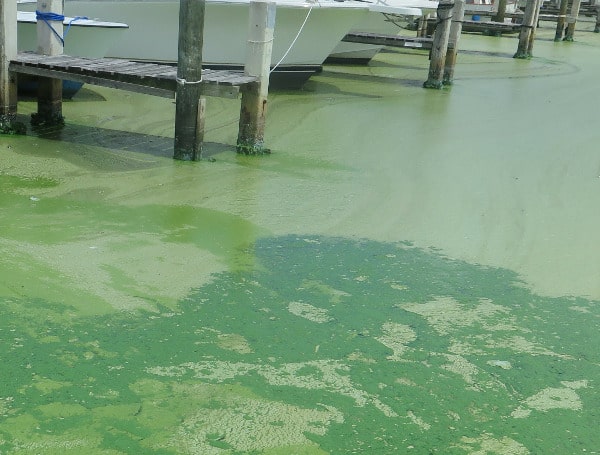HILLSBOROUGH COUNTY, Fla. – The Florida Department of Health in Hillsborough County (DOH-Hillsborough) has issued a health alert for the presence of harmful blue-green algae in Lake Thonotosassa on May 06, 2024.
Water sample testing is underway. Blue-green algae have the potential to produce toxins.
Since environmental conditions can change at any time, it is important to exercise caution, even if the presence of toxins has not yet been confirmed.
Read: Florida Governor DeSantis Announces Record-Breaking Tourism Numbers
The Florida Department of Environmental Protection (DEP) and partners collect algae samples from reported bloom locations. After samples are analyzed at their laboratory, the toxin results can be viewed on Protecting Florida Together or on DEP’s Algal Bloom Dashboard.
What is Blue-Green Algae?
Blue-green algae are a type of bacteria that is common in Florida’s freshwater environments. A bloom occurs when rapid growth of algae leads to an accumulation of individual cells that discolor water and often produce floating mats that emit unpleasant odors.
Blue-green algae blooms can also appear as scum, foam, or paint on the surface of the water in various colors. To learn more about the appearance of algae blooms, visit Protecting Florida Together.
Some environmental factors that contribute to blue-green algae blooms are sunny days, warm water temperatures, still water conditions, and excess nutrients. Blooms can appear year-round but are more frequent in summer and fall. Many types of blue-green algae can produce toxins. Blue-green algae may not always be visible as a bloom, but it can still be present in the water.
Read: Multiple Blue-Green Algae Alerts Issued For Polk County
Is Blue-Green Algae Harmful?
Blue-green algae can produce toxins, which can be harmful to human and pets as well as ecosystems, including fish and other aquatic animals. Sensitive individuals (e.g., children, the elderly and those who are immunocompromised) may still be at risk even at low concentrations and should avoid any exposure.
For additional information on the potential health effects of algae blooms, visit DOH’s harmful algae blooms webpage.
Where Can I Find Current Water Status Information?
Current information about Florida’s water quality status and public health notifications for harmful algae blooms and beach conditions is available at Protecting Florida Together. You can subscribe to receive notifications when water quality changes in your area.
Help support the Tampa Free Press by making any small donation by clicking here.
Android Users, Click To Download The Tampa Free Press App And Never Miss A Story. Follow Us On Facebook and Twitter. Sign up for our free newsletter.

